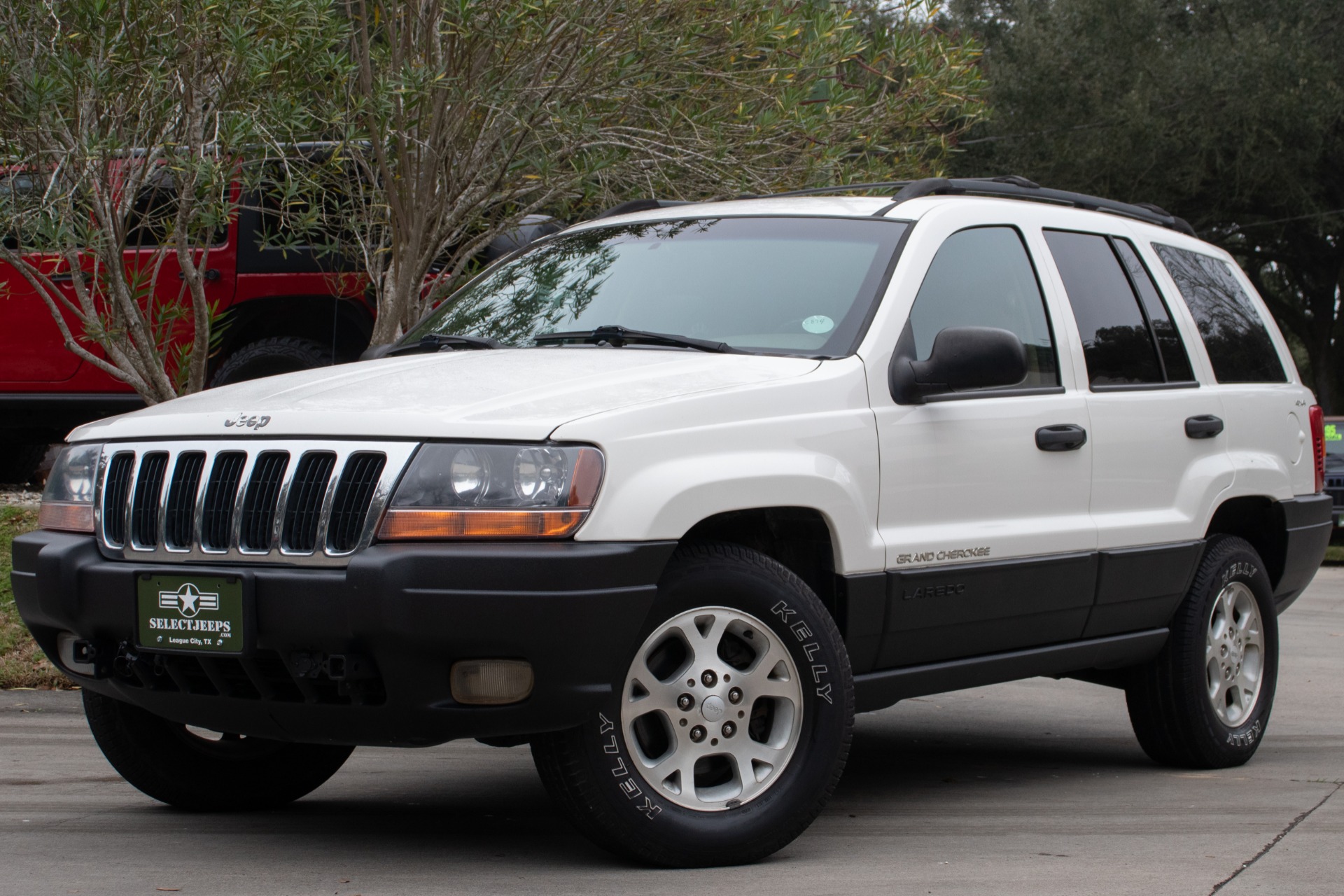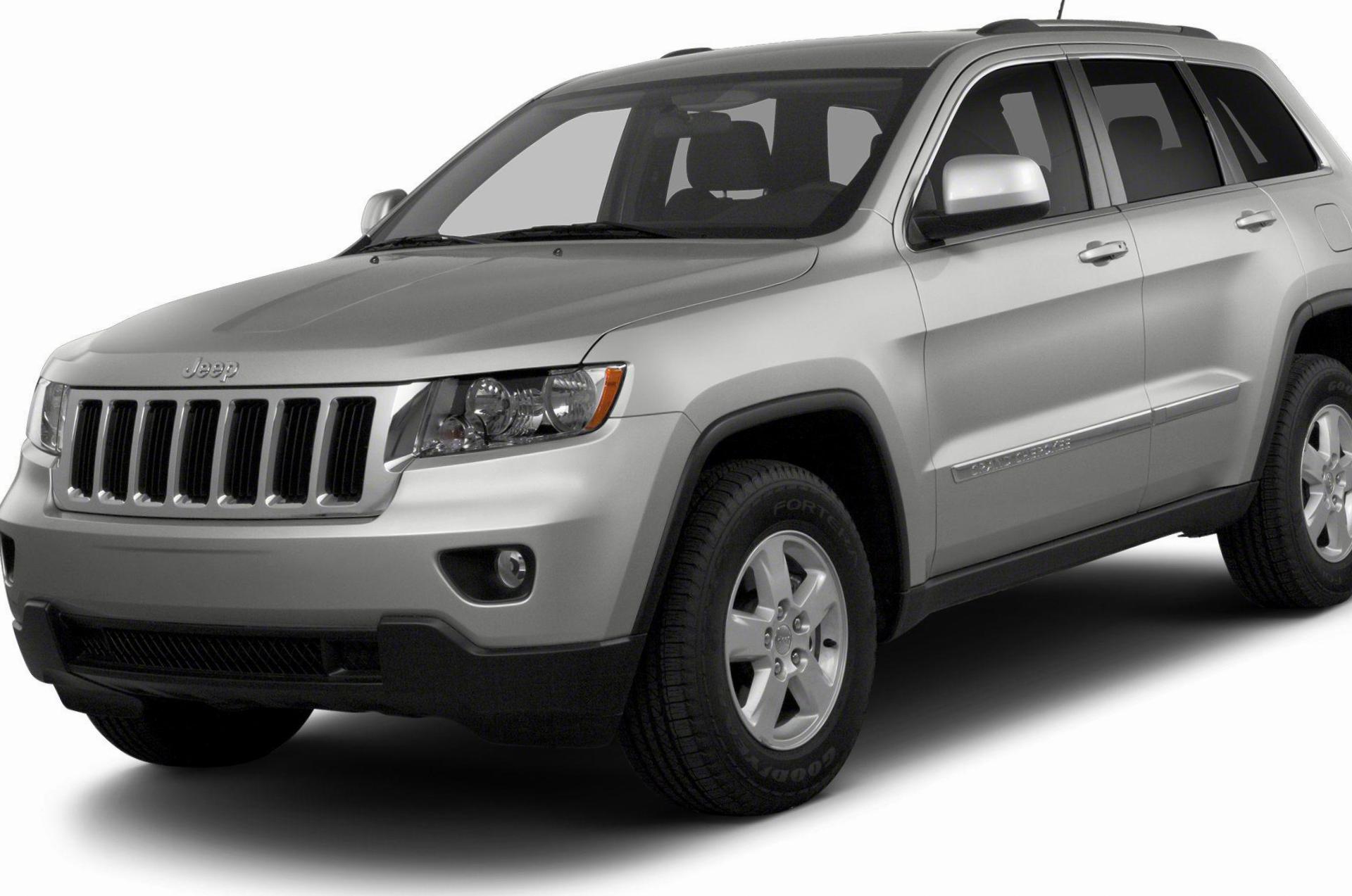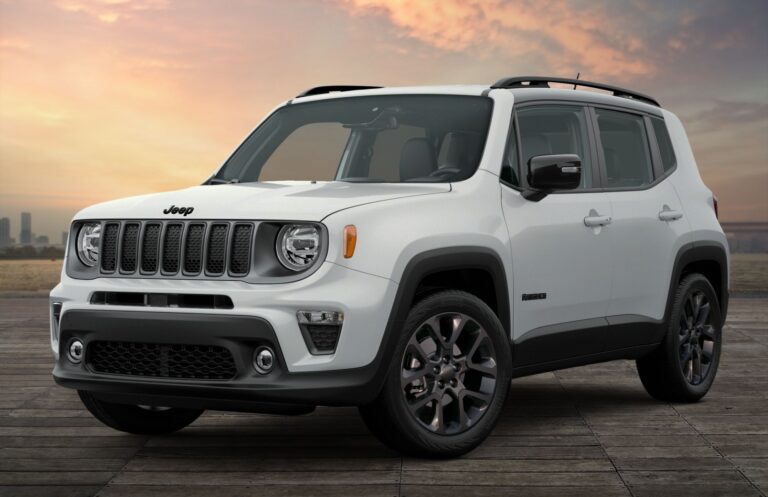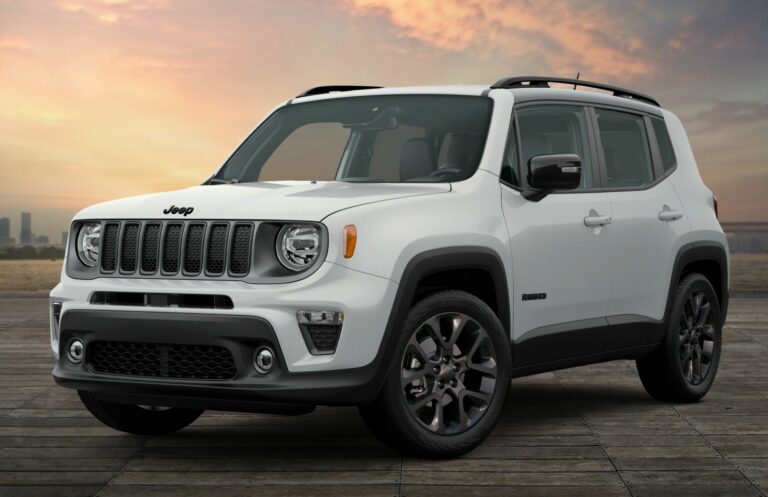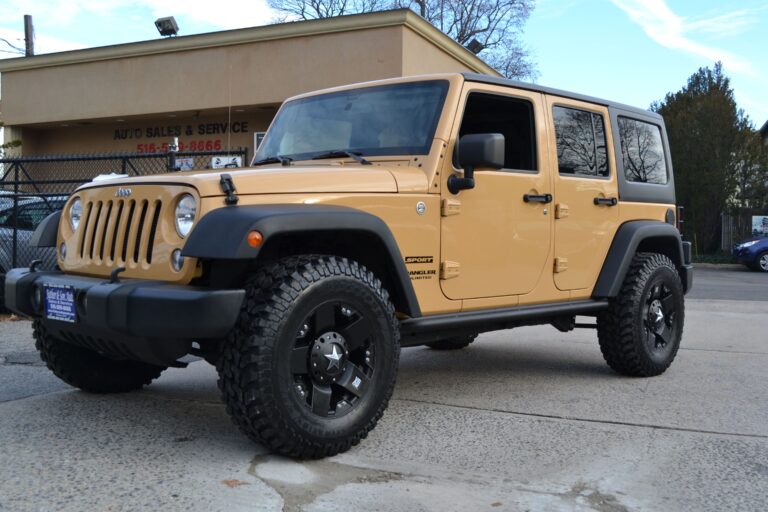91 Jeep Grand Cherokee For Sale: Unearthing a Modern Classic
91 Jeep Grand Cherokee For Sale: Unearthing a Modern Classic jeeps.truckstrend.com
The allure of a vintage vehicle often transcends mere utility, tapping into a rich vein of nostalgia, engineering curiosity, and the simple joy of owning something unique. When the search term "91 Jeep Grand Cherokee For Sale" pops up, it immediately signals a discerning enthusiast – someone looking for more than just a car; they’re looking for a piece of automotive history.
While the widely available, mass-produced Jeep Grand Cherokee (ZJ) officially debuted for the 1993 model year, the "91" reference points to a significant moment in its lineage: the vehicle’s dramatic unveiling in 1991. It was at the North American International Auto Show that the then-new Grand Cherokee famously crashed through a plate-glass window at Cobo Hall in Detroit, marking a revolutionary shift for Jeep. This article will delve into the nuances of searching for a "91" Grand Cherokee, clarifying what you’re likely to find, what to look for in early ZJ models, and provide a comprehensive guide for potential buyers of this iconic SUV.
91 Jeep Grand Cherokee For Sale: Unearthing a Modern Classic
The Enduring Appeal of the Early Jeep Grand Cherokee (ZJ Era)
The first-generation Jeep Grand Cherokee, internally known as the ZJ, was a game-changer. It combined Jeep’s legendary off-road capability with a level of on-road comfort and luxury previously unseen in a Jeep product. Unlike its predecessor, the Cherokee (XJ), the Grand Cherokee featured an advanced unibody construction paired with coil springs at all four corners, offering a smoother ride without sacrificing articulation. Its introduction heralded a new era for SUVs, blurring the lines between rugged utility and suburban sophistication.
When someone searches for a "91 Jeep Grand Cherokee," they are often, perhaps unknowingly, looking for the very earliest iterations of this groundbreaking vehicle. These early models (primarily 1993-1995) represent the original vision – a blend of ruggedness, innovation, and an increasingly rare analog driving experience. They appeal to collectors, off-road enthusiasts seeking a solid platform for modification, and those simply yearning for the straightforward, no-nonsense character of a classic American SUV.
What to Look For When Buying an Early Grand Cherokee (ZJ)
Understanding that a true production 1991 Grand Cherokee for public sale is virtually non-existent (unless it’s an incredibly rare prototype or pre-production unit), this section will focus on what to scrutinize when buying an early ZJ (1993-1995 models), which are the closest practical equivalents to the spirit of the "91" unveiling.
Rarity and Authenticity: The 1991 Conundrum
It’s crucial to clarify upfront: if you encounter a listing for a "1991 Jeep Grand Cherokee for sale" that isn’t explicitly described as a pre-production prototype or show car, it’s almost certainly a mislabeled 1993 model, or a typo. True 1991 prototypes are museum pieces or collector’s items, not typically found on classifieds. Focus your search on early 1993-1995 models for a genuine early ZJ experience.
Common Issues and Inspection Points (for Early ZJs):
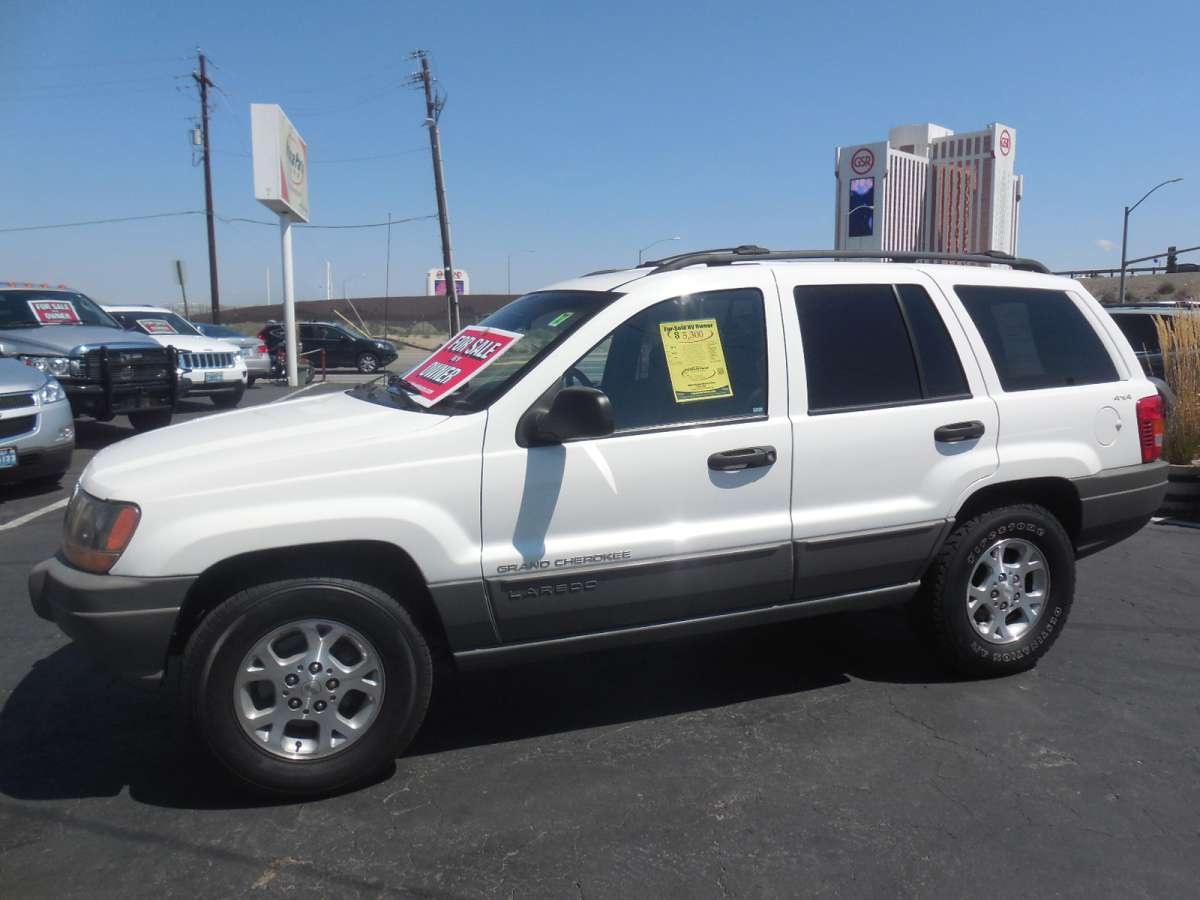
When inspecting an early Grand Cherokee, be vigilant for these common problem areas:
- Rust: This is often the biggest killer. Check:
- Rocker Panels: Beneath the doors, prone to severe rust.
- Floor Pans: Especially near the front seats and footwells.
- Rear Quarter Panels: Around the wheel wells.
- Frame Rails (Integrated into Unibody): Look for structural integrity, especially around suspension mounting points.
- Subframe Mounts: Critical for safety and handling.
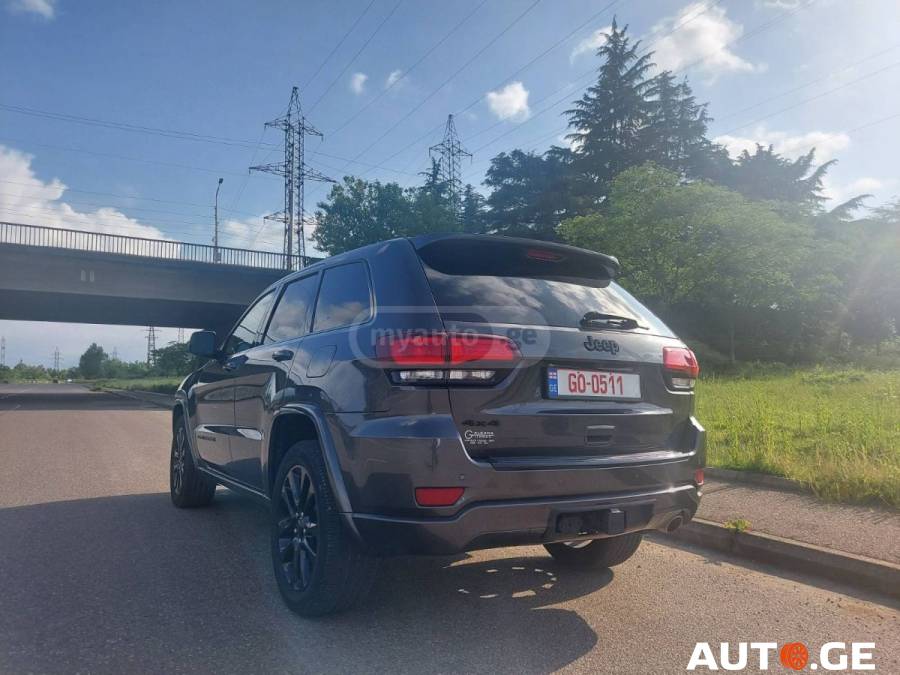
- Electrical Gremlins: ZJs are notorious for electrical quirks. Test every switch and function:
- Power Windows: Motors can fail, or wiring can fray.
- Dashboard Lights: Warning lights, gauge illumination.
- Heated Seats (if equipped): Often fail.
- HVAC Controls: Especially the blend door actuator, which can lead to no heat/AC or only one temperature.
- Suspension Components: After decades, wear is inevitable.
- Bushings: Control arm bushings, sway bar bushings.
- Ball Joints: Upper and lower.
- Springs and Shocks: Check for sagging or leaks.
- Engine & Transmission:
- 4.0L I6 (Cherokee’s Enduring Heart): Known for longevity but check for oil leaks (rear main seal is common), cooling system issues (water pump, radiator), and rough idle.
- 5.2L V8 (Magnum): Offers more power. Check for manifold leaks, coolant leaks, and listen for lifter noise.
- Transmissions (Automatic): Look for smooth, timely shifts. Any harshness or slipping is a red flag.
- Four-Wheel Drive System:
- Transfer Case (NP231, NP242, NP249): Check for leaks and ensure all modes (2WD, 4-High, 4-Low, Full-Time 4WD if applicable) engage smoothly. The NP249 (full-time only) is prone to viscous coupler failure, which is an expensive fix.
- Driveshafts & U-Joints: Listen for clunking or vibrations.
- Interior Wear: Seats (especially driver’s side), headliner sag, cracked dash.
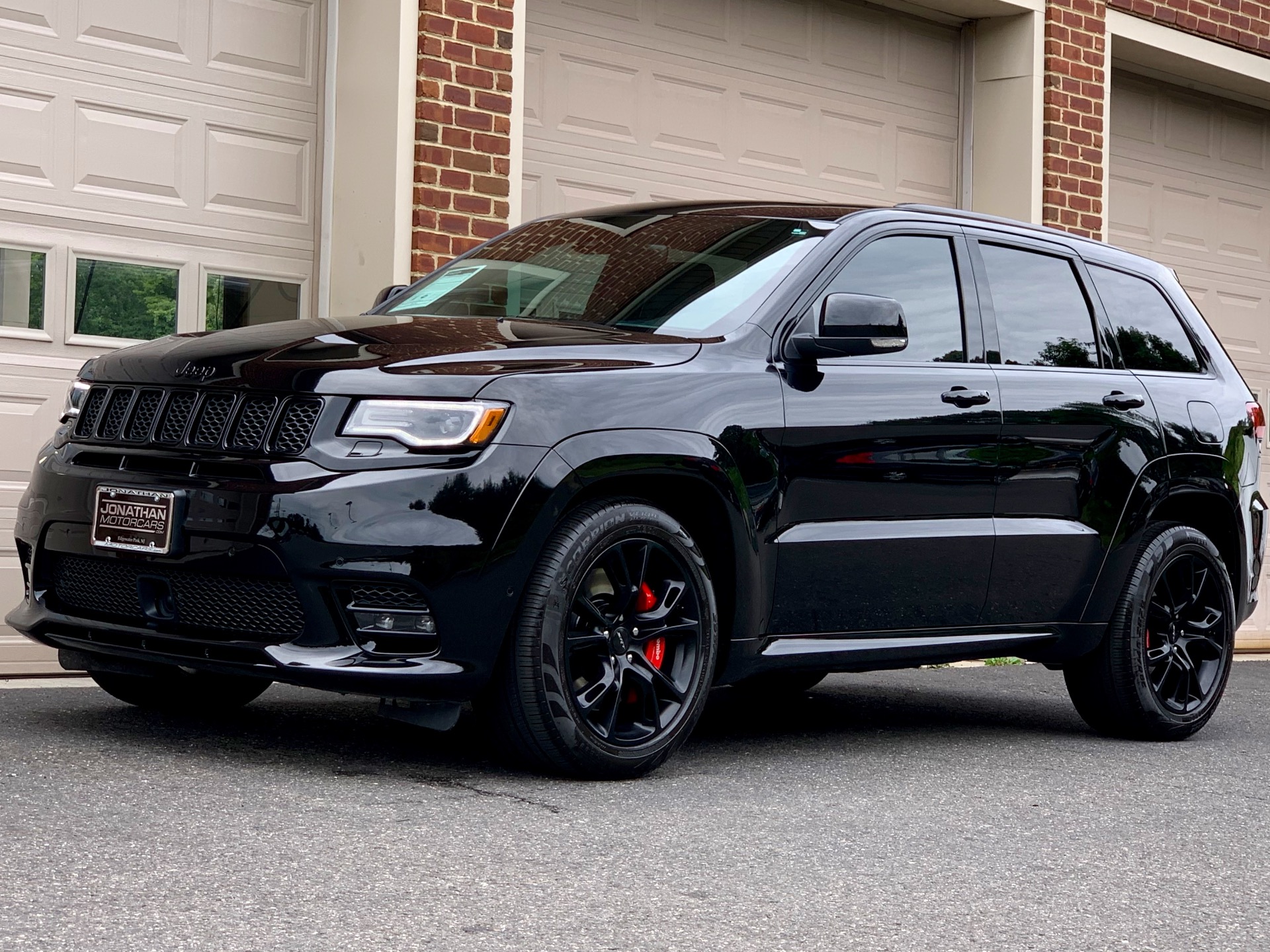
Always perform a thorough test drive, listening for unusual noises, feeling for vibrations, and checking braking performance.
Understanding the Different Early ZJ Models and Engines
Early ZJs came in several trims, offering varying levels of luxury and features:
- Base (SE): More utilitarian, often with manual windows and simpler interiors.
- Laredo: The most common trim, offering a good balance of features, including power accessories, cloth or optional leather seats, and a slightly upgraded interior.
- Limited: The top-tier luxury trim, featuring standard leather, wood trim, automatic climate control, and a more robust sound system.
Engine Options:
- 4.0L AMC Straight-Six (I6): The legendary inline-six, known for its bulletproof reliability and torque. This engine is highly sought after for its simplicity and ease of maintenance. Early ZJs would have the High Output (HO) version.
- 5.2L Magnum V8: Introduced shortly after the ZJ’s debut, this V8 offered significantly more horsepower and towing capacity. It’s a robust engine but can be thirstier and slightly more complex to maintain.
Transfer Cases:
- NP231 Command-Trac: Part-time 4WD, ideal for serious off-roading.
- NP242 Selec-Trac: Offers 2WD, Part-Time 4WD, and Full-Time 4WD. Very versatile.
- NP249 Quadra-Trac: Full-time 4WD only, with a viscous coupling. While convenient, the viscous coupling can fail, leading to driveline bind.
Where to Find an Early ZJ Grand Cherokee For Sale
Finding an early ZJ can be a treasure hunt. Here are the best places to look:
- Online Marketplaces: Craigslist, Facebook Marketplace, eBay Motors. These are primary sources, but be wary of mislabeled years.
- Specialized Forums & Enthusiast Groups: Jeep-specific forums (e.g., JeepForum.com, NAXJA – for XJ/ZJ fans) and Facebook groups dedicated to ZJ owners are excellent for finding well-maintained examples from enthusiasts.
- Classic Car Classifieds: While not traditionally a "classic," early ZJs are gaining collector interest. Check sites like Hemmings or local classic car listings.
- Local Auto Classifieds & Word-of-Mouth: Sometimes the best deals are found offline.
- Auctions: Rare prototypes or exceptionally well-preserved examples might appear at specialized automotive auctions.
Pricing Your Early Grand Cherokee: What to Expect
The price of an early ZJ Grand Cherokee can vary wildly based on several factors:
- Condition: This is the primary determinant. A well-maintained, rust-free example will command a significantly higher price than a "project car."
- Mileage: Lower mileage usually means higher price, though maintenance history is more critical.
- Engine: 4.0L I6 models sometimes fetch a premium due to their reputation for reliability.
- Trim Level: Limiteds typically cost more than Laredos or Base models.
- Modifications: Off-road modifications can add value for enthusiasts, but poorly executed mods can detract.
- Rarity (if truly a prototype): A genuine 1991 prototype would be priceless, but again, these are virtually unobtainable for public sale.
Expect a wide range, from a few hundred dollars for a parts vehicle to several thousand for a well-preserved, ready-to-drive example.
Estimated Price Guide for Early Production Jeep Grand Cherokees (ZJ – Closest to the ’91 Concept)
| Condition | Description | Estimated Price Range (USD) |
|---|---|---|
| Project Car / Parts Car | Significant rust, major mechanical issues (non-running or barely running), interior heavily worn. Requires extensive work. Note: A true 1991 production model for sale is not applicable; this table refers to early ZJs (1993-1995) as the closest practical equivalent. | $500 – $1,500 |
| Fair Condition | Running and driving but needs work. Moderate rust, some electrical issues, worn interior, minor leaks. Could be a daily driver with immediate repairs. | $1,500 – $3,500 |
| Good Condition | Solid daily driver. Minimal surface rust, all major systems functional, reasonably clean interior, well-maintained mechanically. May have minor cosmetic flaws or small, non-critical issues. | $3,500 – $7,000 |
| Excellent / Collector Quality | Very low mileage, meticulously maintained, minimal to no rust, all original components (or period-correct replacements) working perfectly. Show quality or nearly so. Rare to find. Again, this refers to pristine early ZJs, not a readily available 1991 production model. | $7,000 – $15,000+ |
Note: Prices are highly dependent on local market conditions, specific vehicle history, and seller motivation. This table provides general guidance for early ZJ models (1993-1995), which are the practical equivalent when searching for the spirit of the "91" Grand Cherokee.
Maintenance and Ownership Considerations
Owning an early ZJ is a rewarding experience, but it comes with responsibilities:
- Parts Availability: Generally good for mechanical components (engine, transmission, suspension) due to shared parts with other Jeeps. Specific interior or trim pieces can be harder to find.
- DIY Friendly: The 4.0L I6, in particular, is known for its simplicity, making many repairs manageable for the home mechanic.
- Upgrades: The ZJ is a popular platform for off-road modifications, from lift kits and larger tires to aftermarket bumpers and armor.
- Fuel Economy: Don’t expect modern SUV fuel efficiency. The 4.0L is decent, but the 5.2L V8 can be thirsty.
- Insurance: Generally affordable for older vehicles, but check with your provider.
Practical Advice and Actionable Insights
- Clarify the Year: If you see a "1991 Jeep Grand Cherokee For Sale" listing, contact the seller immediately to confirm the actual model year. It’s almost certainly a 1993 or later.
- Pre-Purchase Inspection (PPI): Always, always, always get a qualified mechanic (preferably one familiar with older Jeeps) to inspect the vehicle before purchase, especially checking for rust and electrical issues.
- Research the VIN: Use the VIN to verify the actual model year, trim level, and check for accident history or flood damage.
- Budget for Repairs: Even a "good condition" ZJ will likely need some attention. Factor in a repair budget beyond the purchase price.
- Join the Community: Connect with ZJ owners online or locally. They can offer invaluable advice, troubleshooting tips, and even help you find parts.
- Be Patient: Finding the right early ZJ in good condition takes time and persistence. Don’t rush into a purchase.
Conclusion
The pursuit of a "91 Jeep Grand Cherokee for sale" is a journey into the heart of a significant automotive era. While a production 1991 model is a phantom, the spirit of that groundbreaking unveiling lives on in the early ZJ Grand Cherokees (1993-1995). These vehicles represent a pivotal moment in SUV design, blending rugged capability with newfound comfort and style.
Buying an early ZJ means embracing a vehicle with character, history, and a loyal following. By understanding the nuances of its production history, knowing what common issues to look for, and approaching the purchase with careful consideration, you can find a rewarding classic that offers both nostalgic appeal and true go-anywhere utility. For the right enthusiast, an early Grand Cherokee isn’t just a vehicle; it’s a statement, a project, and an adventure waiting to happen.
Frequently Asked Questions (FAQ) about the 91 Jeep Grand Cherokee For Sale
Q1: Was there really a production 1991 Jeep Grand Cherokee for sale to the public?
A1: No, not in mass production. The first-generation Jeep Grand Cherokee (ZJ) was unveiled in 1991 as a concept/prototype, but mass production began for the 1993 model year. If you see a listing for a "1991 Grand Cherokee," it’s almost certainly a mislabeled 1993 model or later. True 1991 prototypes are extremely rare collector’s items.
Q2: What are the main differences between early ZJs (e.g., 1993-1995) and later ones (e.g., 1996-1998)?
A2: Early ZJs typically feature different interior designs (e.g., dashboard layout, climate controls), earlier versions of the 4.0L I6 engine (though still the HO version), and different transfer case options (like the problematic NP249 viscous coupler in some models). Later models received minor cosmetic refreshes, updated interiors, and some mechanical refinements, including an optional 5.9L V8 in 1998.
Q3: Is the 4.0L I6 or 5.2L V8 engine better for an early ZJ?
A3: It depends on your priorities. The 4.0L inline-six is legendary for its bulletproof reliability, simplicity, and ease of maintenance, making it a favorite for off-roaders and daily drivers. The 5.2L V8 offers significantly more power and towing capacity but consumes more fuel and can be slightly more complex to maintain. Both are solid engines if well-maintained.
Q4: Are parts readily available for old Grand Cherokees (ZJs)?
A4: Generally, yes. Many mechanical parts (engine components, suspension, brakes) are shared with other popular Jeep models (like the Cherokee XJ), making them relatively easy to find. Aftermarket support for upgrades and off-road components is also excellent. Some specific interior or trim pieces for older models might be harder to source, but online communities and salvage yards can be helpful.
Q5: What’s the average lifespan of a ZJ Grand Cherokee?
A5: With proper maintenance, ZJs are known to be very durable vehicles. It’s common to see them with 200,000 miles or more, especially those with the 4.0L engine. Rust is often the biggest factor in their demise, so a rust-free example has the potential for many more years of service.
Q6: Is an early ZJ a good first off-road vehicle?
A6: Yes, absolutely. The ZJ offers excellent off-road capability right out of the box, with solid axles and good articulation. Its unibody construction is robust, and there’s a massive aftermarket for lift kits, armor, and other modifications. Its relatively affordable purchase price also makes it a great platform for learning and experimenting without breaking the bank.
